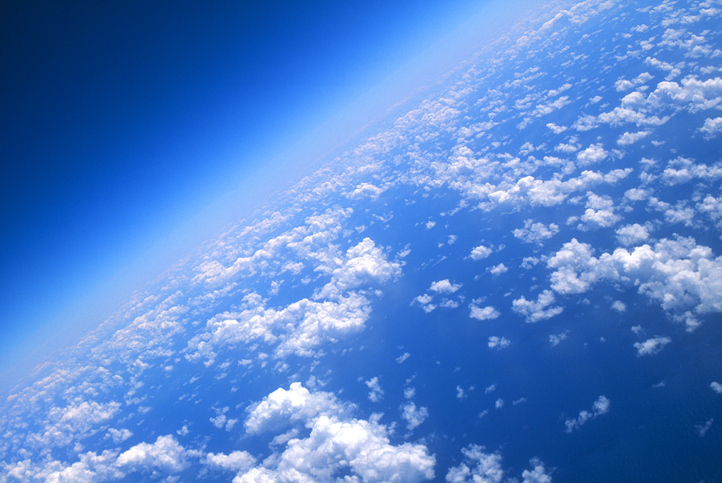Pop quiz: What is the naturally occurring gas that forms a life-sustaining, protective barrier when in the Earth’s stratosphere (15-30km above the surface), blocking harmful ultra-violet radiation reaching the planet from the sun?
Ozone!
Round two: What is the noxious gas that can cause wheezing, shortness of breath, and even permanent lung damage when produced by low-to-the ground industrial pollution?
Also, Ozone!
Yes, that same gas that we were all motivated and mobilized to restore into the sky back in the 80’s and 90’s has been amassing at ground level, causing respiratory distress for decades. So much so that the EPA has reduced the acceptable parts per billion (PPB) three times in the past 25 years; from 80 PPB in 1997, to 75 PPB in 2008, to 70 PPB in 2015.
Now, in the wake of the COVID pandemic having wreaked havoc on the world’s bronchial systems for at least two years, the Clean Air Scientific Advisory Committee has almost unanimously agreed that 70 PPB should be drastically reduced to 55-60 PPB to be safe; a single reduction equal to, or greater than, all the limitations approved by the EPA since before the turn of the century. And in response, the EPA has this week taken the decisive step of deciding it needs a full, comprehensive review of air quality standards, a process that most observers understand could take years to complete. Meanwhile, the 70 PPB standard remains in place.
Environmental advocates decried this decision, painting it as a naked political calculation to protect the administration ahead of an election year.
“[The] EPA has all the evidence required to strengthen the ozone standards,” said Josh Berman, senior attorney at the Sierra Club. “EPA must end the delays, follow the science and strengthen critical ozone protections now.”

